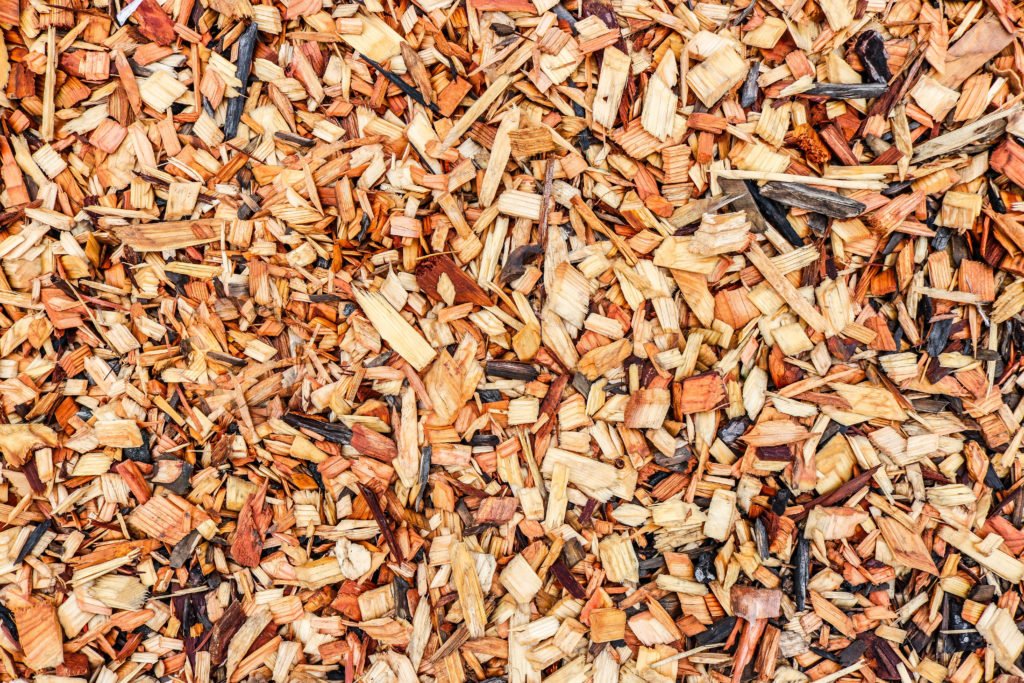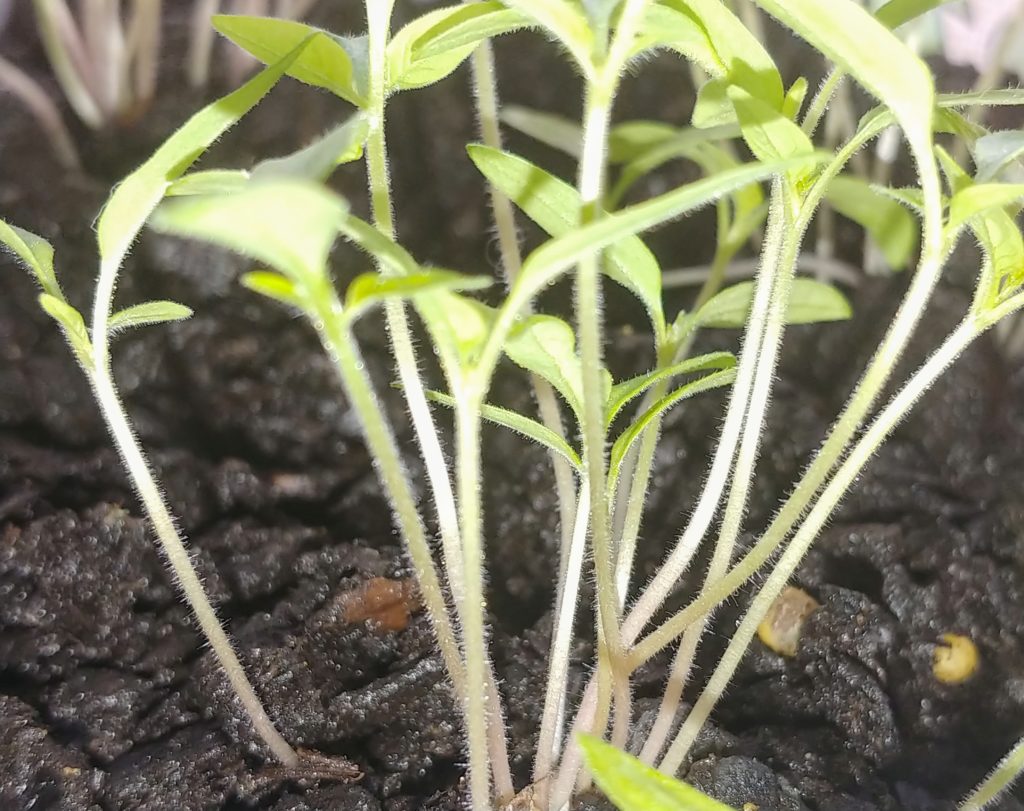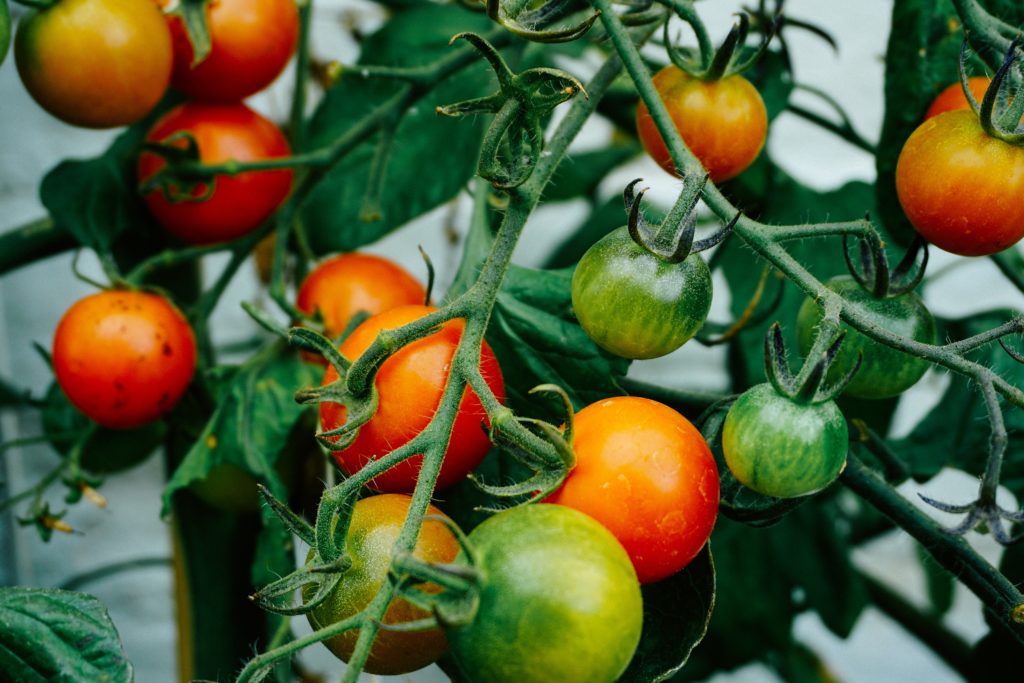Have you come across an in-season vegetable and not known what to do with it? When we look at what vegetables grow in winter, we can happily tip our hats to these unique Asian winter vegetables and their amazing uses.
Shopping for vegetables that are in season can save you money. They can also force to you try new things, and use ingredients that will add a ton of flavor!
When you cook with vegetables that are in season, you get better flavor, better nutritional value and help the environment.
So let’s look at some of the best cold weather veggies to grow how to use Asian winter vegetables!
This post contains affiliate links. If you click through and make a purchase, I’ll earn a commission, at no additional cost to you.
Asian Winter Vegetables
Cassava/Tapioca
The starch extracted from this root is usually sold as tapioca flour or shaped into “pearls.” The root is boiled as a vegetable or grated and used in cakes or savory dishes.
Choose small, young roots; the cassava can be wrapped in plastic and put in the fridge for up to 3 days.
How to Cook Tapioca: cut the roots into 3-inch lengths and boil with a little salt. It can also be simmered in coconut milk with leafy greens. Boiled cassava can be mashed or grated and mixed with sugar, and then baked or steamed.
Banana Stem
This refers to the portion removed from the inner part of the banana trunk. It’s cheap and used everywhere from Bali to Burma.
Did you know that the banana plant fruits only once, so the trees are felled soon after to allow the young plans to mature?
Usually, 12-inch sections are sold. To enjoy, peel off the outer layers to get the crisp center and wrap in a paper towel. Keep them refrigerated for up to 4 days.
How to Use Banana Stem: Use an oiled knife to carefully slice the inner stem across, soak in cold water for 2 hours and pull away from the sticky sap. Use in soups and vegetable stews.
Chayote
This light green pear-shaped gourd is popular in the Philippines. It’s also known as custard marrow, choko, and christophene.
Do not buy if the gourd is starting to send outshoots. Rich in vitamin C, you must remove the wrinkled skin – this gourd should be halved, then sliced or diced.
How to use Chayote: Finely sliced, it can be substituted for celery in salads or, if cut lengthwise in half, simmered and steamed or baked with a savory filling.
Lotus Roots
Cultivated for 3,000 years by the Chinese, all parts of this plant are edible. Fresh lotus root should be eaten while young. Lotus roots consist of small round segments (4 to 8 inches) linked together.
Look for short, firm roots without soft spots or black streaks. Wrap and refrigerate up to one week. To prepare: wash thoroughly, peel, slice, and drop into the water with some drops of vinegar or lemon juice.
How to eat Lotus Root: Sometimes eaten raw, sprinkled with salt and sugar. Often sliced and added to soup, stir-fried or stuffed or deep-fried in batter.
Jicama or Bangkuang:
A crisp tuber sometimes referred to in China as “turnip ” because of its shape. Shaped like brown spinning tops, the younger jicama is often sweeter in flavor.
Jicama is very mild in taste, somewhat like potatoes but less earthy and it’s texture is like water chestnuts.
Buy the smallest ones and refrigerate for up to 3 weeks. Wash and pull off the skin with a knife.
How to use Bangkuang: Typically served shredded. Slice, shred or grate and use raw or cooked. Often thrown into salads or used in stir-fried combinations.
Yam
Often confused in North America with sweet potato or taro or cocoyam. Yam is an entirely different tuber. Yams can weigh up to 1 lb and are often unevenly shaped. Buy ones without discoloration and store them in a cool, dry place.
How to prepare yam: Peel, and chop into 1 inch cubes and roast in oven, add to soups, or mash for yam mashed potatoes. Often used in coconut milk-based desserts such as bubor cha cha.
Yellow Cucumber
Looking like an oval coconut with coarse, yellowish/brown skin. Choose firm cucumbers and keep them in the fridge for three weeks.
How to prepare Yellow Cucumber: wash skin thoroughly, halve lengthwise, and remove the seeds. Cut the skin and flesh into slices or small chunks.
Added to Chinese soups with chicken or pork stock or can be made into a sweet pickle. By the way, the Chinese believe this veggie helps moisturize the lungs, preventing coughs.
More garden articles You’ll Love:



